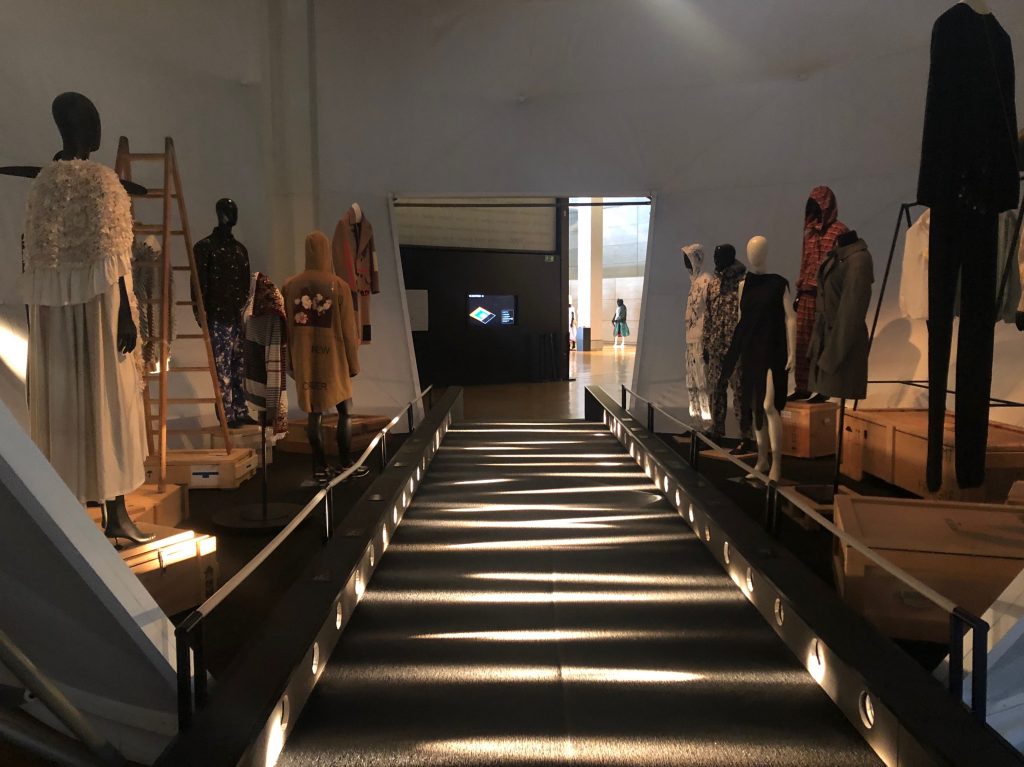The Garment Museum, or as it’s called in Spanish, El Museo del Traje, is located in Madrid and showcases fashion from all centuries.
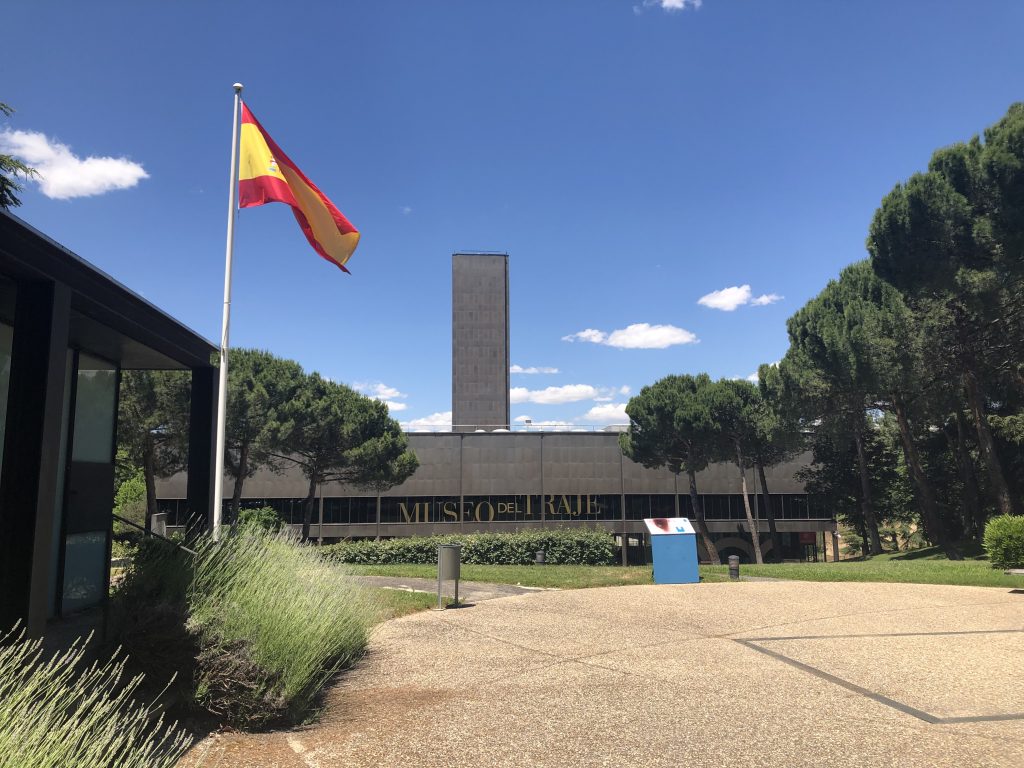
The Garment Museum’s building was created between 1971 and 1973, and was inaugurated in 1975 as the Spanish Museum of Contemporary Art.
The museum contains a wide variety of historic fashion, but most abundantly represents articles from the 16th and 17th centuries. It’s clothes and accessories are preserved with dim lights behind big, clear glass providing the audience with clearer trip through fashion’s creation.
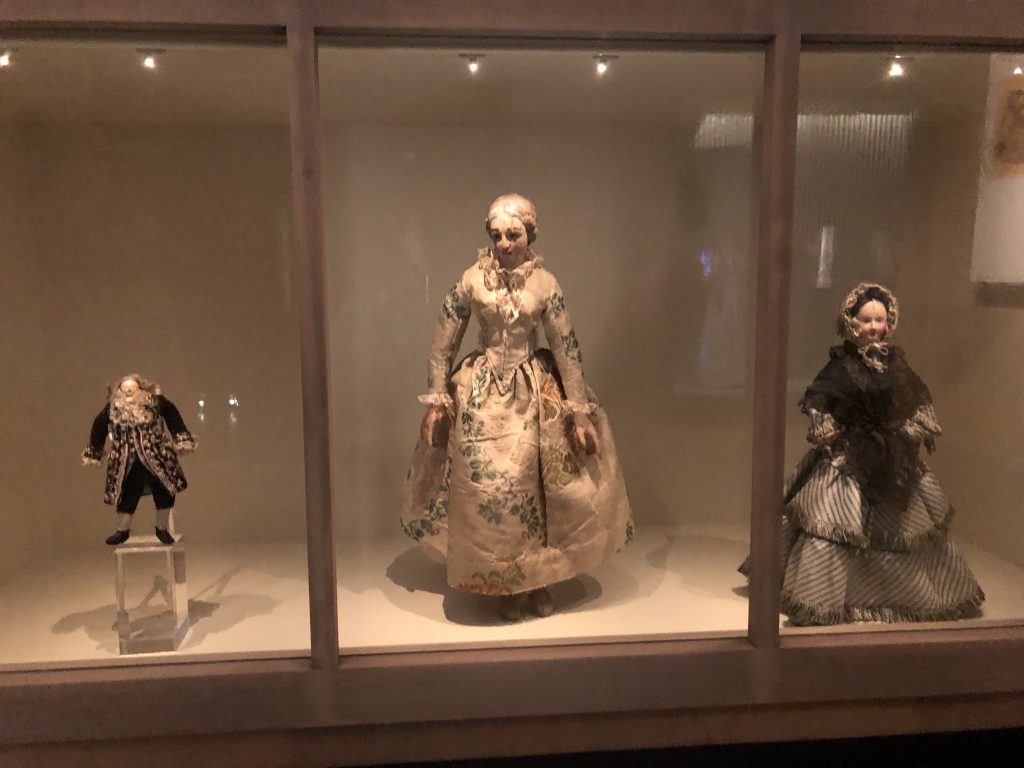
El Museo del Traje holds fashion items such as vests, waistcoats, men’s suits, shoes, jewelry and hair accessories. These are divided in rooms, creating sections that take you throughout the birth of fashion as an identity and movement primarily for in Spanish society.
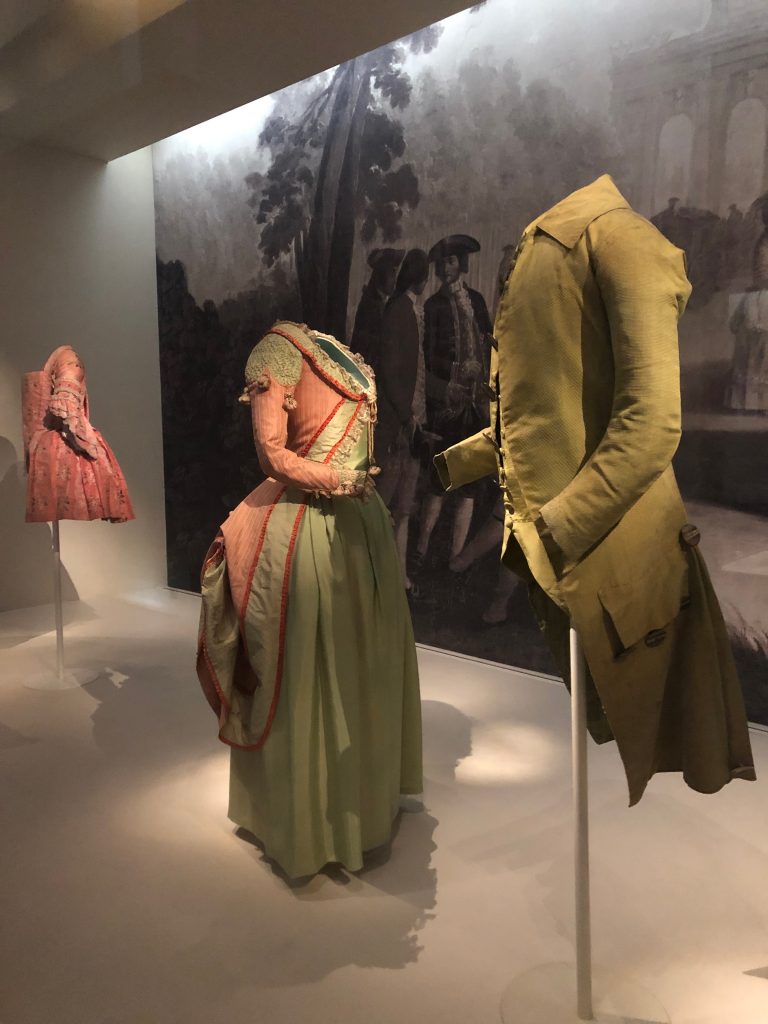
Photo by Valeria Brugueras. 
Photo by Valeria Brugueras. 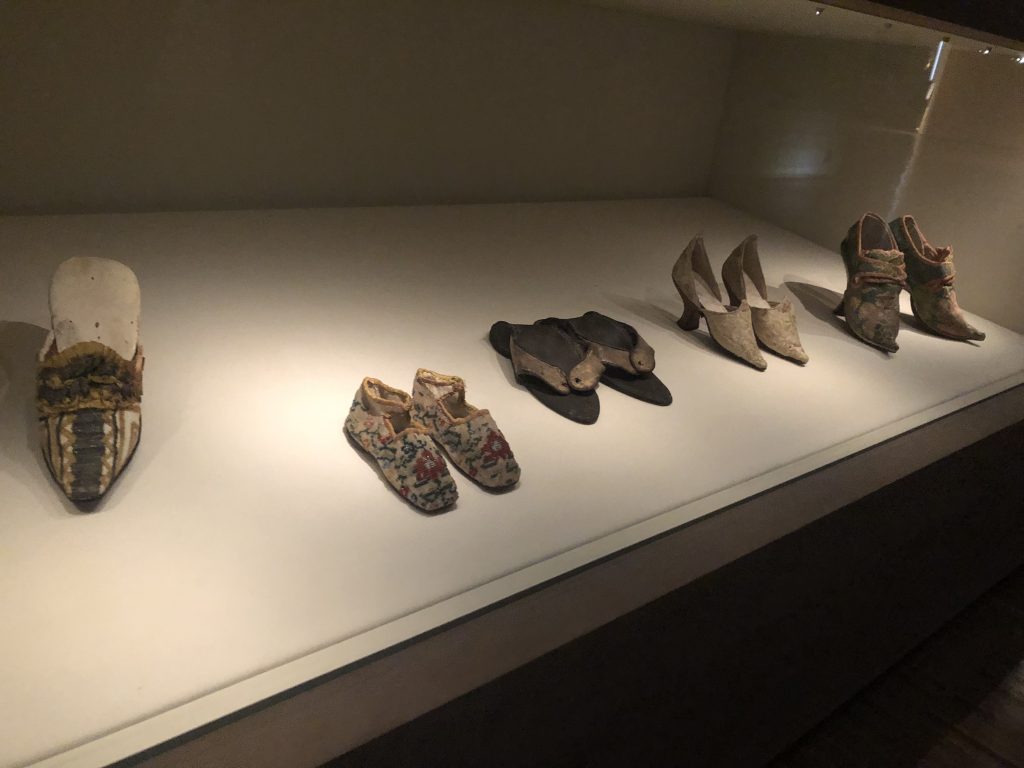
Photo by Valeria Brugueras.
The fashion is depicted in its corresponding sections with informational placards that explain the various processes and themes. It includes, ‘From the Mannequin to the Fashion Magazines’, which explains the process of advertising and how these showed the fashion available for purchase.
Following this is a ‘Shopping’ section that goes through the birth of the Bazaar concept in Madrid and other Spanish cities. Close to this section was ‘Volume’ that contained information of the birth of silhouettes in the 19th century. The audience could see the real corsets, first crinolines and bustles.
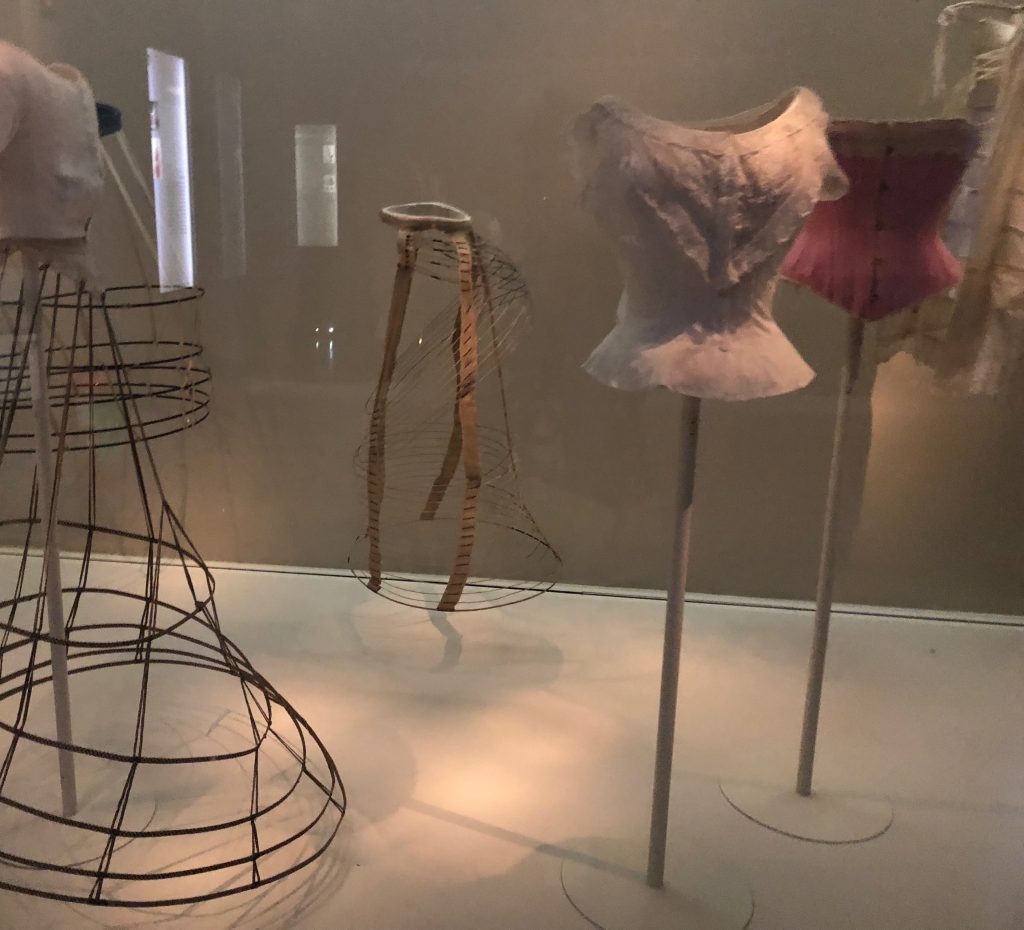
Glamour, cinema, high fashion, free forms and traveling are some of the themes the museum gives importance to. These show how they adopted fashion, incorporated it and gave it life. It’s one of the exhibition’s most enviable sections and has the original beading, fur, fabric and design.
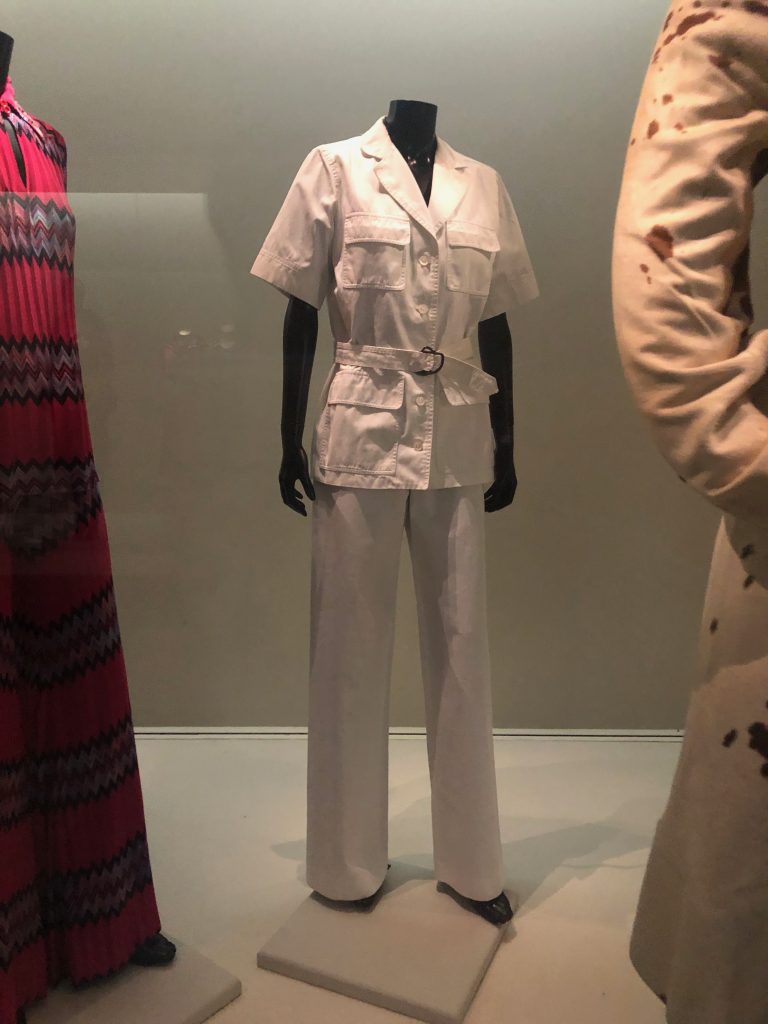
Photo by Valeria Brugueras. 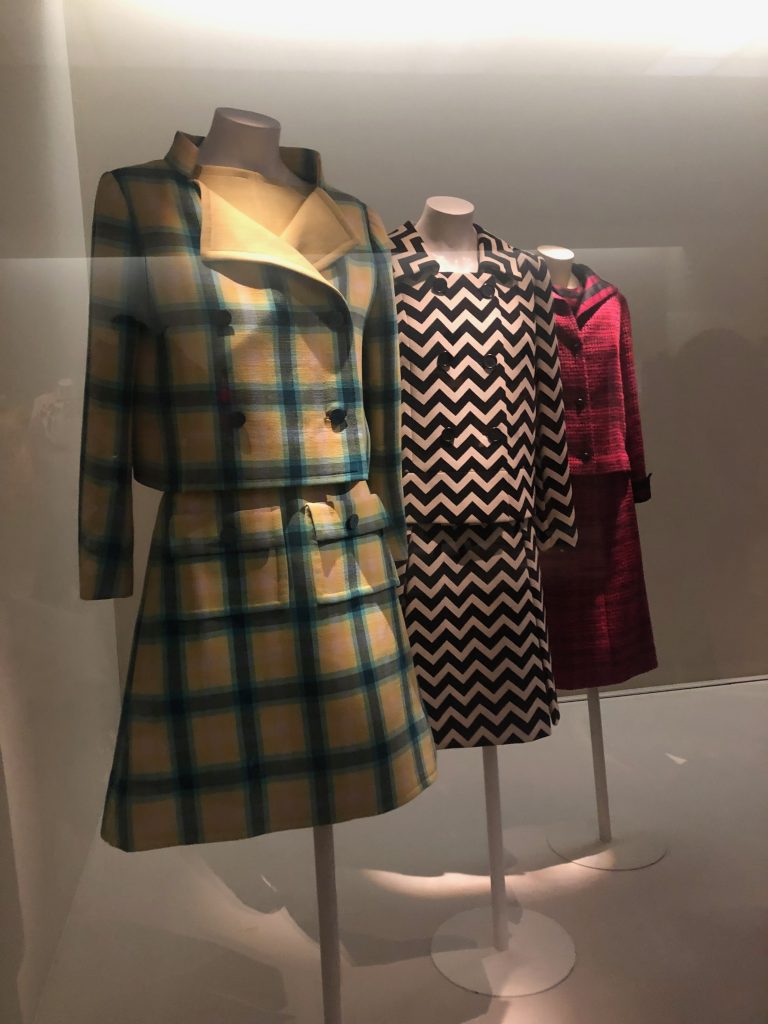
Photo by Valeria Brugueras. 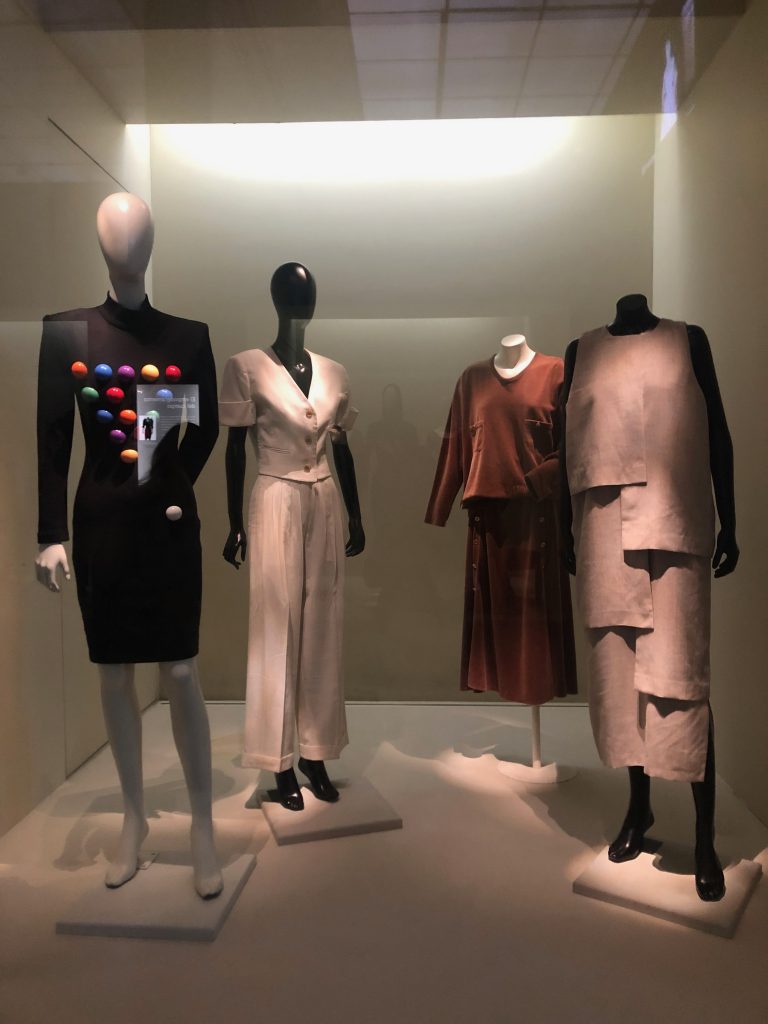
Photo by Valeria Brugueras.
As we fast forward to 21st century fashion, The Garment Museum holds iconic and revolutionary designs from numerous designers such as Martin Margiela and Jacquemus. Most of the garments and accessories on this section can be as recent as the year 2015 or as late as 2002.
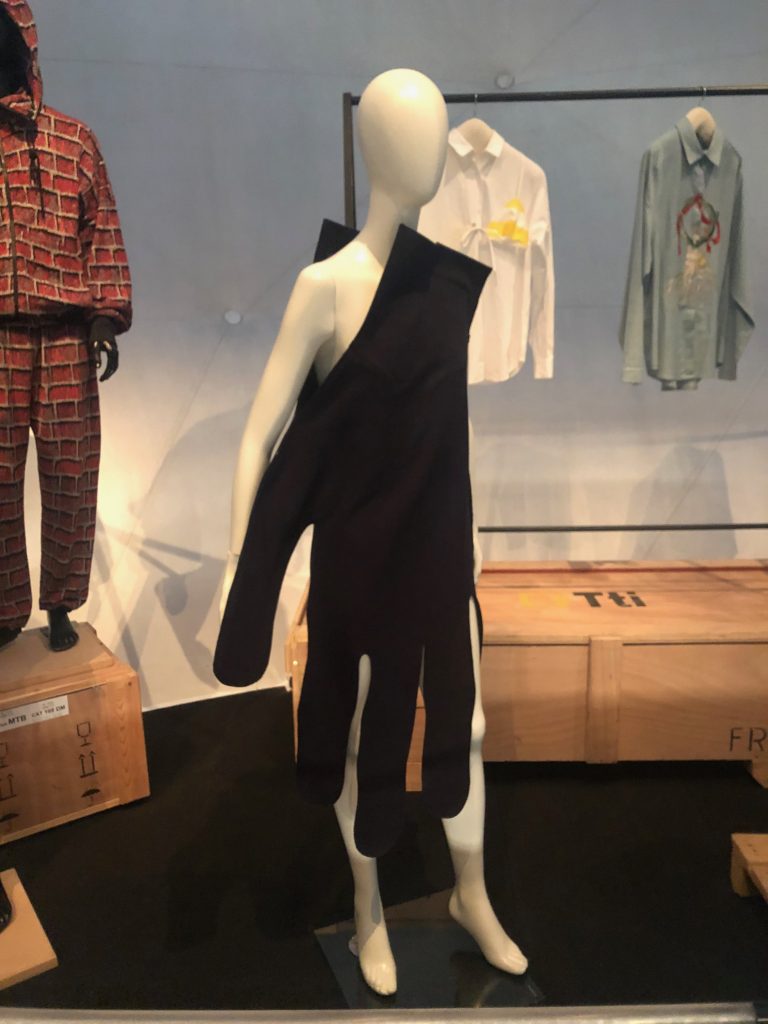
Photo by Valeria Brugueras. 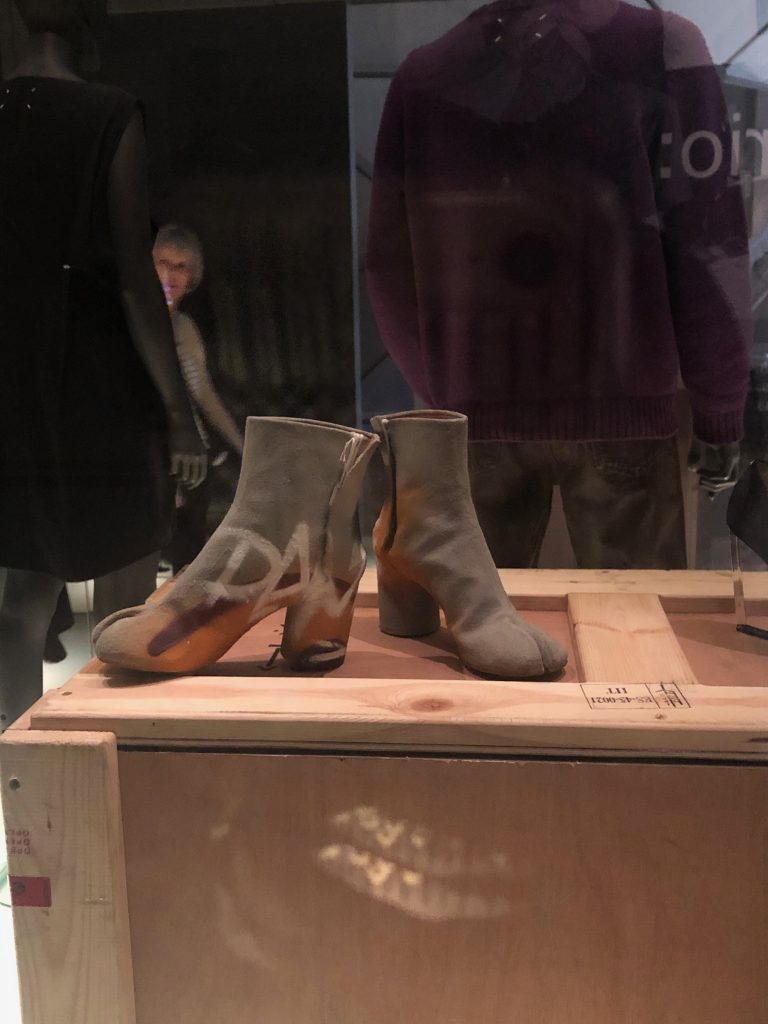
Photo by Valeria Brugueras. 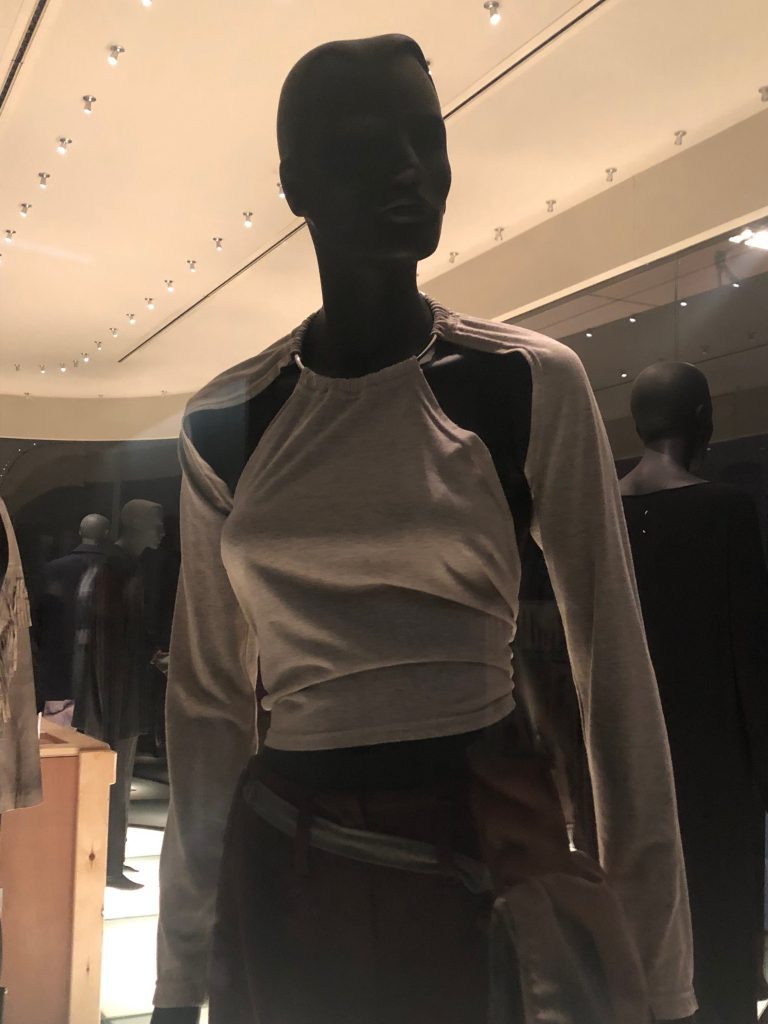
Photo by Valeria Brugueras. 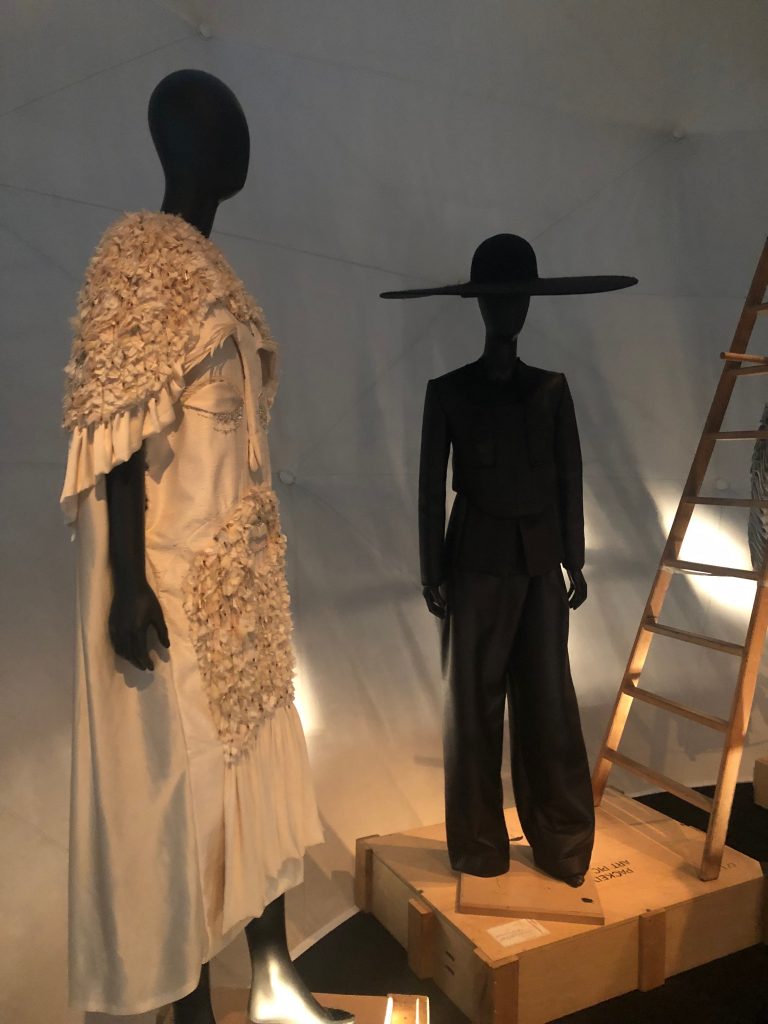
Photo by Valeria Brugueras.
The Garment Museum gives each of it’s visitors an opportunity to get close towards fashion’s birth, growth and evolution. Through decorated spaces and participation, the museum strives to give fashion the quality of historic.
